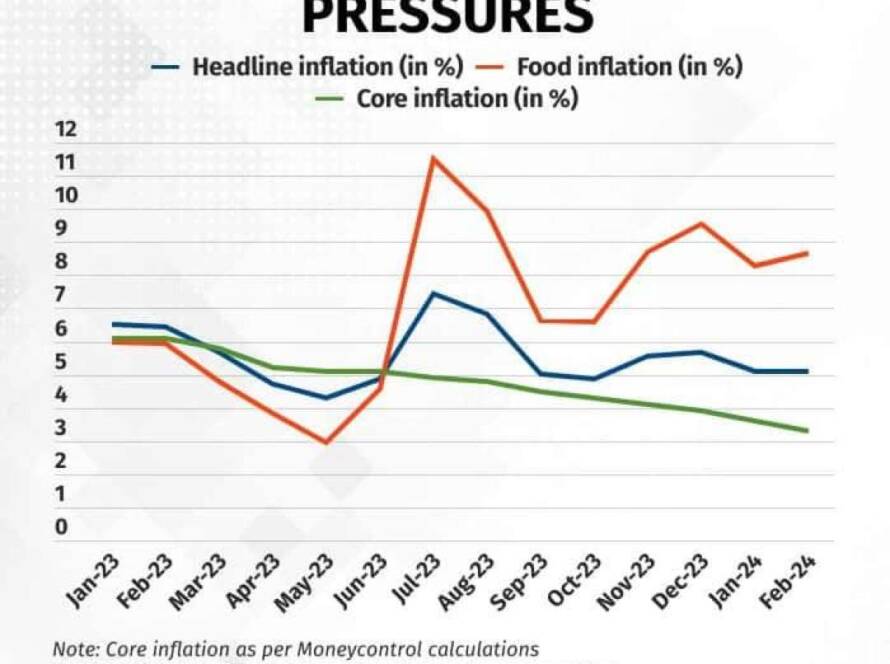The Pound Sterling has weakened to nearly 1.3100 against the US Dollar while the US Dollar continues to hold onto its gains ahead of the US ISM Manufacturing PMI for August. The US NFP data for August is expected to be the main focus this week. Investors anticipate that the Bank of England (BoE) will keep interest rates steady at 5% for the month. The Pound Sterling (GBP) is showing a lackluster performance slightly above the important support level of 1.3100 against the US Dollar (USD) during Tuesday’s American trading session. The GBP/USD pair is edging lower as the US Dollar maintains its gains close to a two-week high, with investors turning their attention to the upcoming release of the United States (US) Nonfarm Payrolls (NFP) data for August. The US Dollar Index (DXY) consolidates near 101.70 as investors eagerly await the labor market data, which is expected to influence speculation regarding the magnitude of the Federal Reserve’s (Fed) interest rate cut this month. Traders are currently divided on whether the Fed will cut interest rates by 25 basis points (bps) or 50 bps. The significance of the labor market data has increased following comments from Fed Chair Jerome Powell at the Jackson Hole (JH) Symposium, indicating the central bank’s focus on sustaining job demand while remaining confident about inflationary pressures returning to the bank’s target of 2%. Investors will also receive information about the current labor market status from the US JOLTS Job Openings data for July and the ADP Employment Change data for August, to be released on Wednesday and Thursday, respectively. Meanwhile, the ISM Manufacturing Purchasing Managers Index (PMI) data for August came in lower than expected, indicating a contraction in the manufacturing sector for the fifth consecutive month. Daily market movers show that the Pound Sterling is weakening against the US Dollar. The British currency is performing poorly against its major counterparts, except for Asia-Pacific currencies, during North American trading hours. Despite expectations of a shallow interest rate cut cycle by the Bank of England (BoE) compared to other central bankers, there is little possibility of an interest rate cut in September, but market confidence remains high for November, according to Reuters. Weak market speculation for September interest rate cuts is attributed to expectations of sticky inflationary pressures in the United Kingdom (UK) due to strong economic prospects and comments from BoE Governor Andrew Bailey, indicating caution in cutting interest rates too quickly or significantly. The final estimate of S&P Global/CIPS Manufacturing PMI for the UK in August showed a 26-month high at 52.5, driven by a strong recovery in output, new orders, and labor demand. For new interest rate clues, investors are awaiting a speech from BoE policymaker Sarah Breeden, who was one of the policymakers that voted for a 25 basis point (bps) interest rate cut to 5% in August. The Pound Sterling is struggling near 1.3100 against the US Dollar and has faced pressure after dropping below the round-level support of 1.3200 last week. The Cable is expected to find buying interest near the breakout region of a Channel chart formation on a daily timeframe, and the 14-day Relative Strength Index (RSI) suggests a lack of bullish momentum at the moment. However, upward-sloping short-to-long-term Exponential Moving Averages (EMAs) indicate a strong bullish trend. If bullish momentum resumes, the Cable is anticipated to rise towards the psychological resistance of 1.3500 and the high of 1.3640. On the downside, the psychological level of 1.3000 will be the crucial support for the Pound Sterling. The Federal Reserve (Fed) holds eight policy meetings a year and has two mandates: to achieve price stability and foster full employment. Its primary tool to achieve these goals is adjusting interest rates and it may resort to Quantitative Easing (QE) in extreme situations. QE involves the Fed substantially increasing the flow of credit in a stuck financial system, while Quantitative Tightening (QT) is the reverse process of QE and is usually positive for the value of the US Dollar.
Skip to content
Skip to sidebar
Skip to footer






